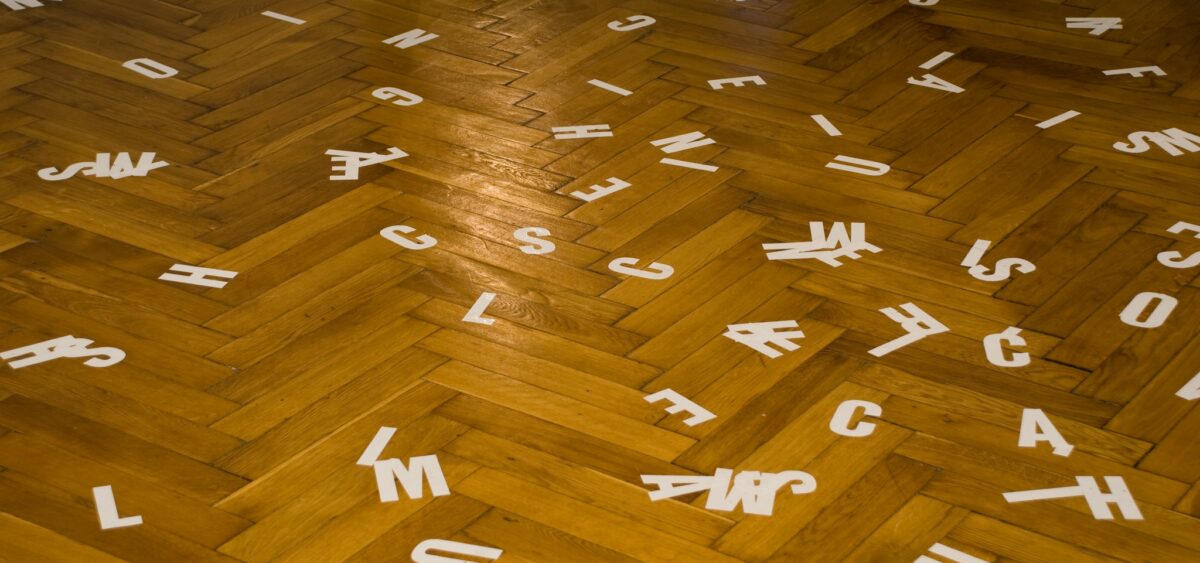
The 100th anniversary of Poland’s independence is behind us, but the odd and complex ways in which the Polish identity has manifested itself over the years continue to fascinate the editorial staff of “Przekrój”. Here, we look at the never-finished work of Tadeusz Peiper, who thought that streetlamps lit during the day were turned on to acknowledge his greatness.
Warsaw, 1957. A small neglected flat on Wołoska Street in the district of Mokotów. Inside, one can hardly squeeze through the endless piles of paper, heaped up into whole labyrinths and gorges. There are cobwebs in the corners and hanging from the ceiling.
Bathed in a dim light, a man is sitting at a desk, hidden behind a stack of papers, writing on scraps of paper:
“I keep my thick volumes of the Dictionary of the Polish Language atop my closet. I stack them vertically. None of them have been targeted by the spiders – except one. The exception was the volume for the letters T-Y!”
The volume simply covers all the headwords starting from T to Y, but the man sees the combination ‘T-Y’ as standing instead for the Polish word ty, ‘you’, writing:
“Apparently the spiders are trying to communicate with me: ‘You are the target of our attacks!! You, you!!’”
This man is Tadeusz Peiper, once an avant-garde poet,








